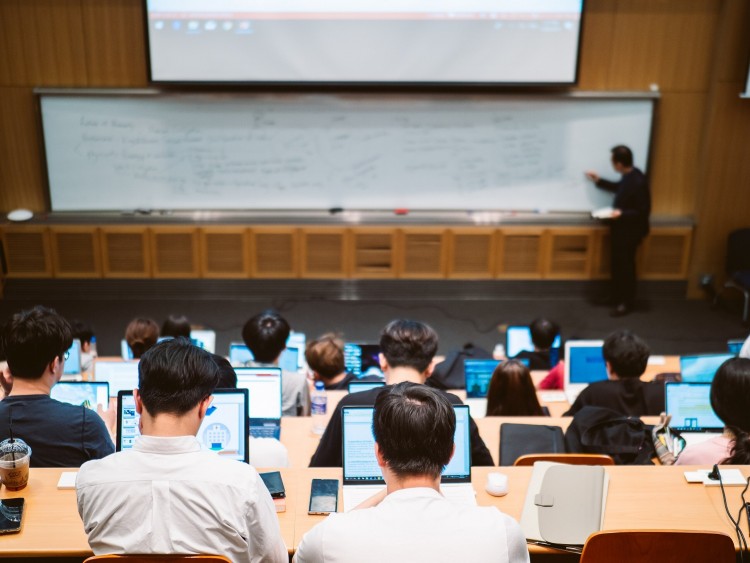South Korea Surpasses Foreign Student Target as Global Demand Grows

Korea crosses the 300,000 mark for international students-two years ahead of plan-as Vietnam and China lead inflows and policy reforms expand work and study options.
South Korea has blown past its landmark goal of hosting 300,000 international students, reaching 305,329 as of August 2025-two years earlier than planned, according to fresh counts from the Korea Immigration Service summarized by multiple industry monitors. Roughly 225,769 are enrolled in degree programs on D-2 visas, while about 79,500 are studying Korean on D-4-1 visas, with a small cohort on other training visas.
The milestone effectively hits the Education Ministry's "Study Korea 300K" blueprint-220,000 degree students plus 80,000 in non-degree study-well ahead of the original 2027 timetable.
Who's coming-and why it matters
Vietnam is now the top sender with an estimated 107,807 students, followed by China at 86,179; together they account for nearly two-thirds of all foreign enrolment. Fast-growing markets include Uzbekistan, Mongolia, and Nepal. Observers point to a cocktail of drivers: lower relative tuition than in North America, improved post-study pathways, and the soft-power pull of K-culture and Korean language programs.
The surge caps a four-year climb from 163,699 (2021) to 197,234 (2022), 226,507 (2023) and 263,775 (2024) before this year's jump over the 300,000 line-momentum that is reshaping campus demographics and local economies in university districts.
Policy backdrop
Seoul's early arrival at the target reflects a multi-agency push since 2023 to globalize higher education-loosening some work-rights rules, streamlining visa categories, and coordinating recruitment under the Study Korea 300K project. Officials framed the strategy as both a talent pipeline and a regional revitalization lever for cities outside Seoul.
Pressure points: quality and capacity
Growth is fast; support isn't. Campuses report thin language services and uneven academic readiness. Reports urge tighter oversight of language institutes and practical fixes-more scholarships and student housing.
The big picture
For Korean universities facing demographic headwinds at home, the 300K milestone is more than a headline-it's a hedge against shrinking domestic cohorts and a signal that Korea is now a Tier-1 study destination in Asia. The next test is qualitative: sustaining standards, expanding student services, and converting more graduates into skilled hires who feed Korea's innovation economy.



